The annual American Economic Association meeting left leading economists treading lightly into the New Year.
A Meeting of the Minds

After the annual American Economic Association meeting, top economists are left battling their short-term optimism vs. their long-term concerns.
A Look at Last Year

At last year’s conference, analysts were caught up in the unanticipated inflation increase and wondered if a recession and high unemployment was the only way out
The “Soft Landing”

This year, the discussion was centered on the unexpected prospect of a soft landing—controlled inflation without the predicted recession.
December Payroll Data
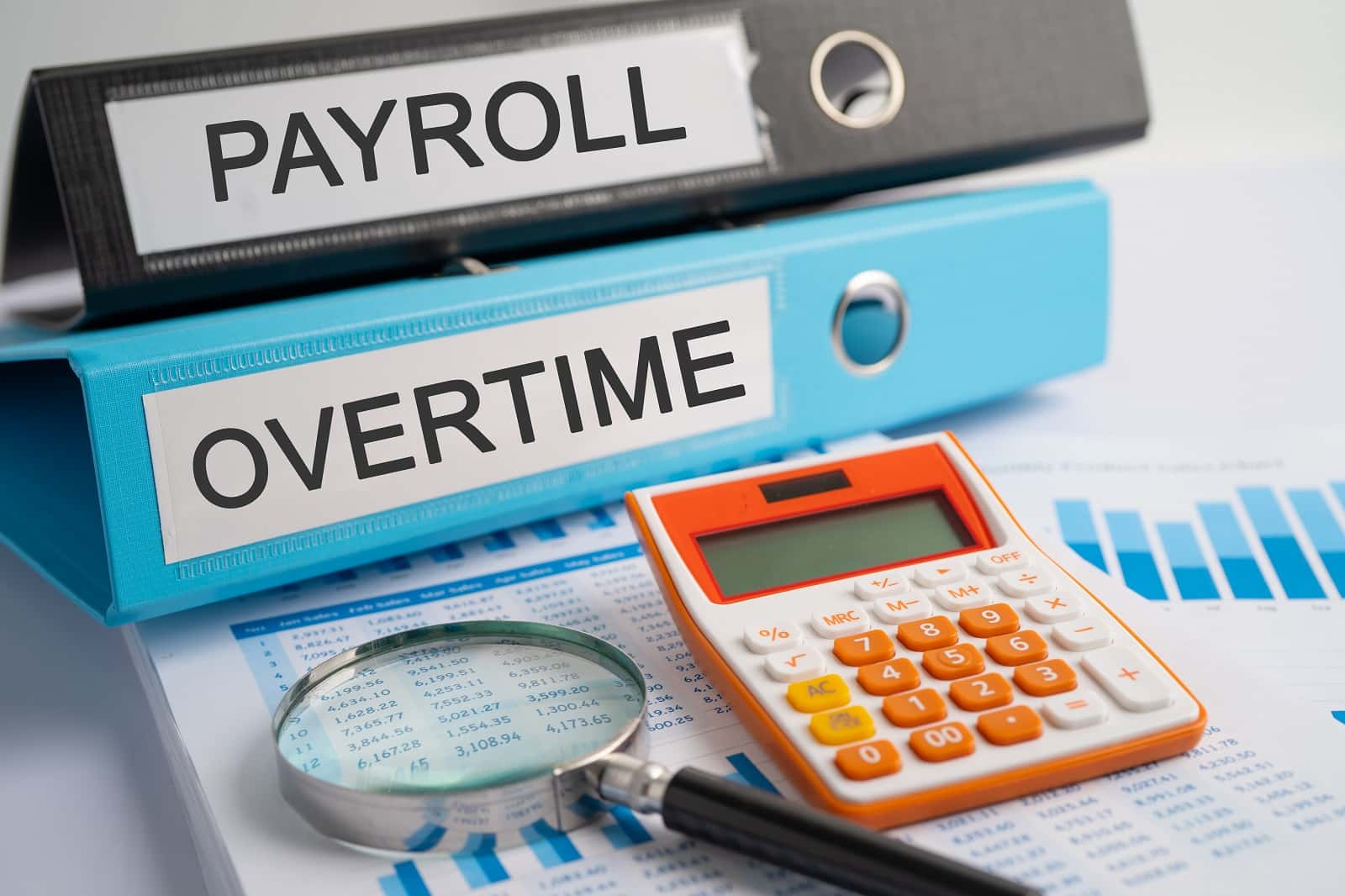
The Labor Department recently announced that December payrolls increased while unemployment remained steady near 3.7%, close to the 50 year low.
We’re in a “Different Place” Now
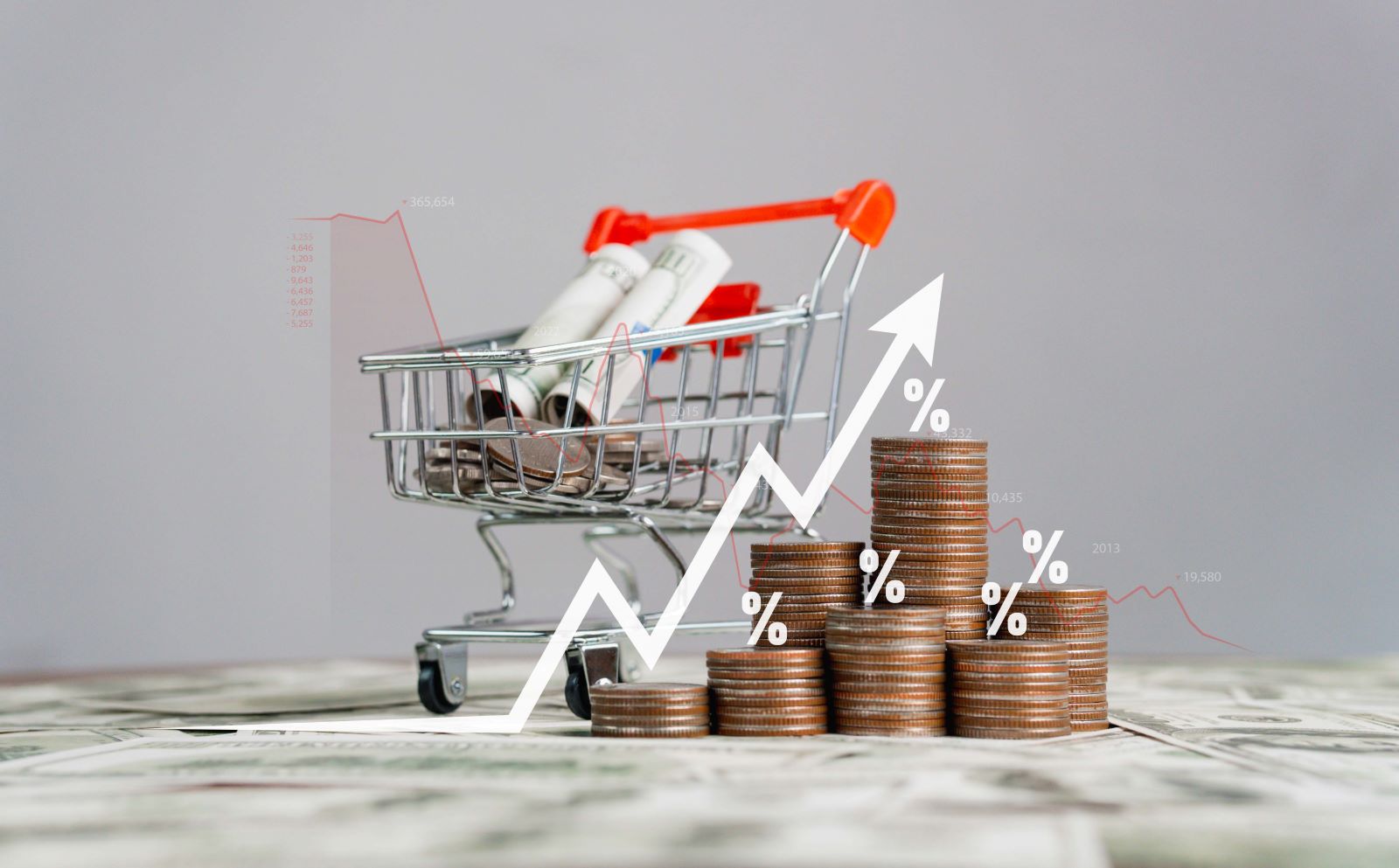
Consumer prices in December rose 3.3% compared to last year, as reported by Dow Jones Newswire. Economist Janice Eberly reminded us, “In early 2023, the U.S. economy was in a very different place than it is now”.
Signs of Improvement
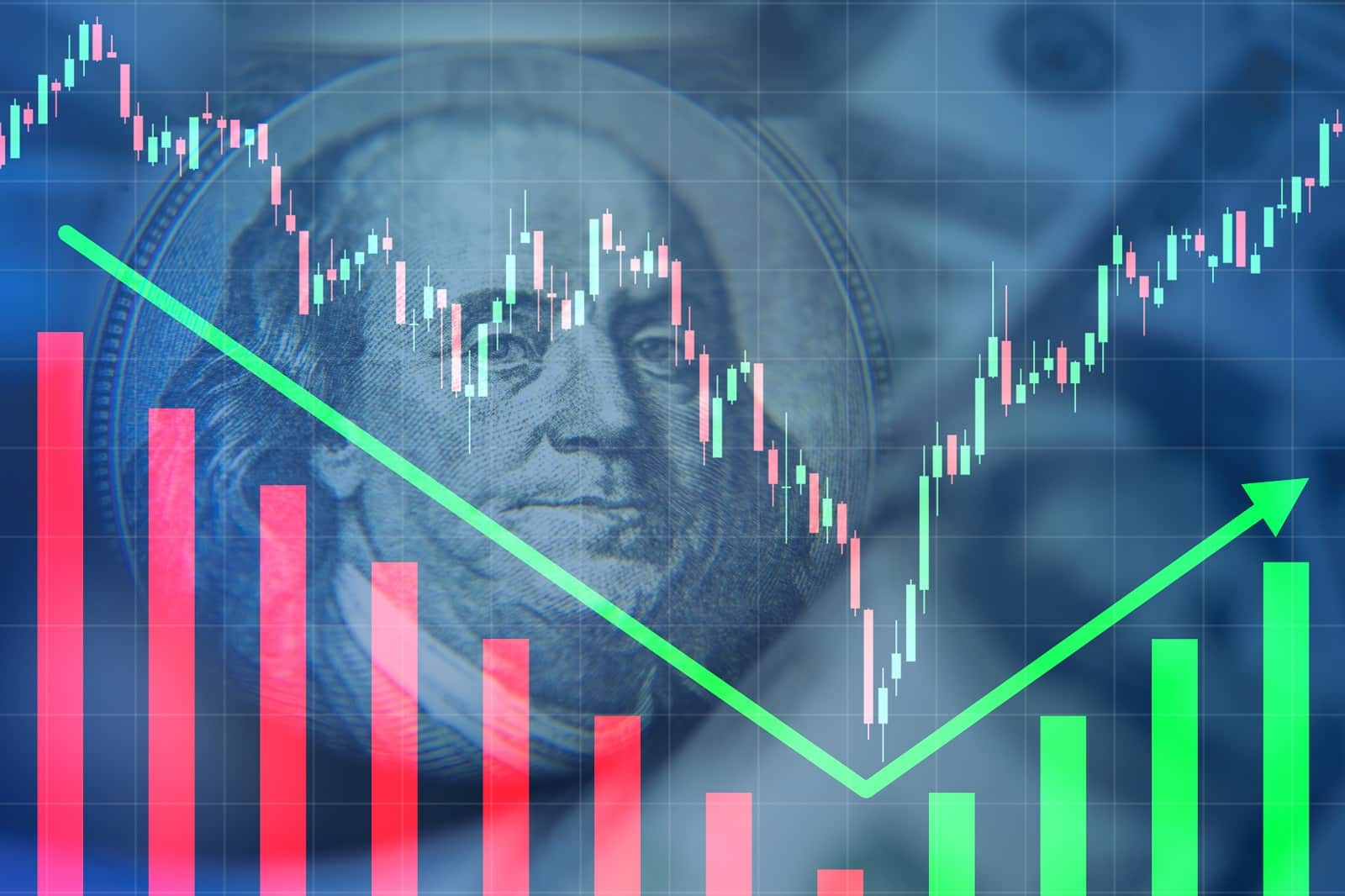
Just as time is said to heal all wounds, the US economy has slowly been able to repair itself from the damage caused from the pandemic.
Staying Afloat

Rebounding immigration and increasing labor force participation, particularly among the critical 25–54 age group, have helped stabilize businesses and helped employers to keep hiring new recruits.
Supply Chains Stabilize
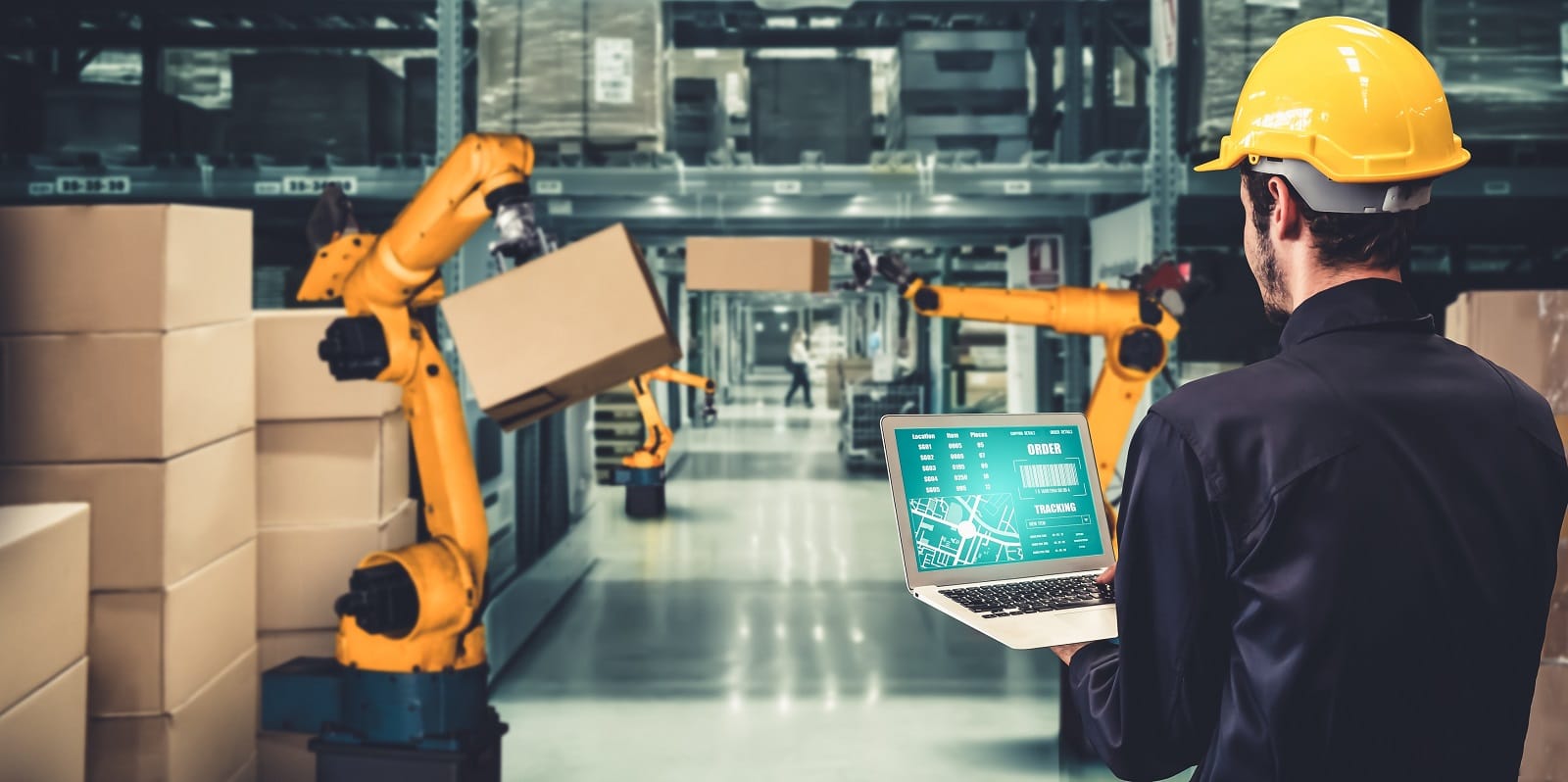
The Federal Reserve Bank of New York reports that supply chain operations have mostly returned to normal after years of grappling with strict pandemic measures.
Unanswered Questions

But the trip from inflation peaks to sharp declines presents its own challenges. Economist James Hines of the University of Michigan noted, “We didn’t really understand why inflation spiked in the first place. So maybe we shouldn’t be surprised that it came down faster than we thought, too”.
Why Did the US Economy Recover Faster Than Others?

Hines went on to discuss why the United States has recovered more quickly than other developed countries.
He claimed it was due to our strategy prioritizing individual citizens rather than bailing out businesses during the height of the pandemic, which increased our consumer resiliency.
Economists Remain Wary

Even with the encouraging momentum, not everyone is prepared to call the soft landing a complete success.
There is still opportunity for interest rate changes because the larger measures of inflation do not yet match the Federal Reserve’s 2% target.
Projection for Interest Rates

Hedging their bets, investors are expecting a big interest rate decrease by March, double what the Federal Reserve had initially predicted.
A Word of Caution

Lorie Logan, President of the Dallas Federal Reserve, adds a word of caution. She warns, “We’ve made a lot of progress towards a more sustainable path for the economy,” but “inflation could pick back up and reverse the progress we’ve made”.
The Ups and Downs
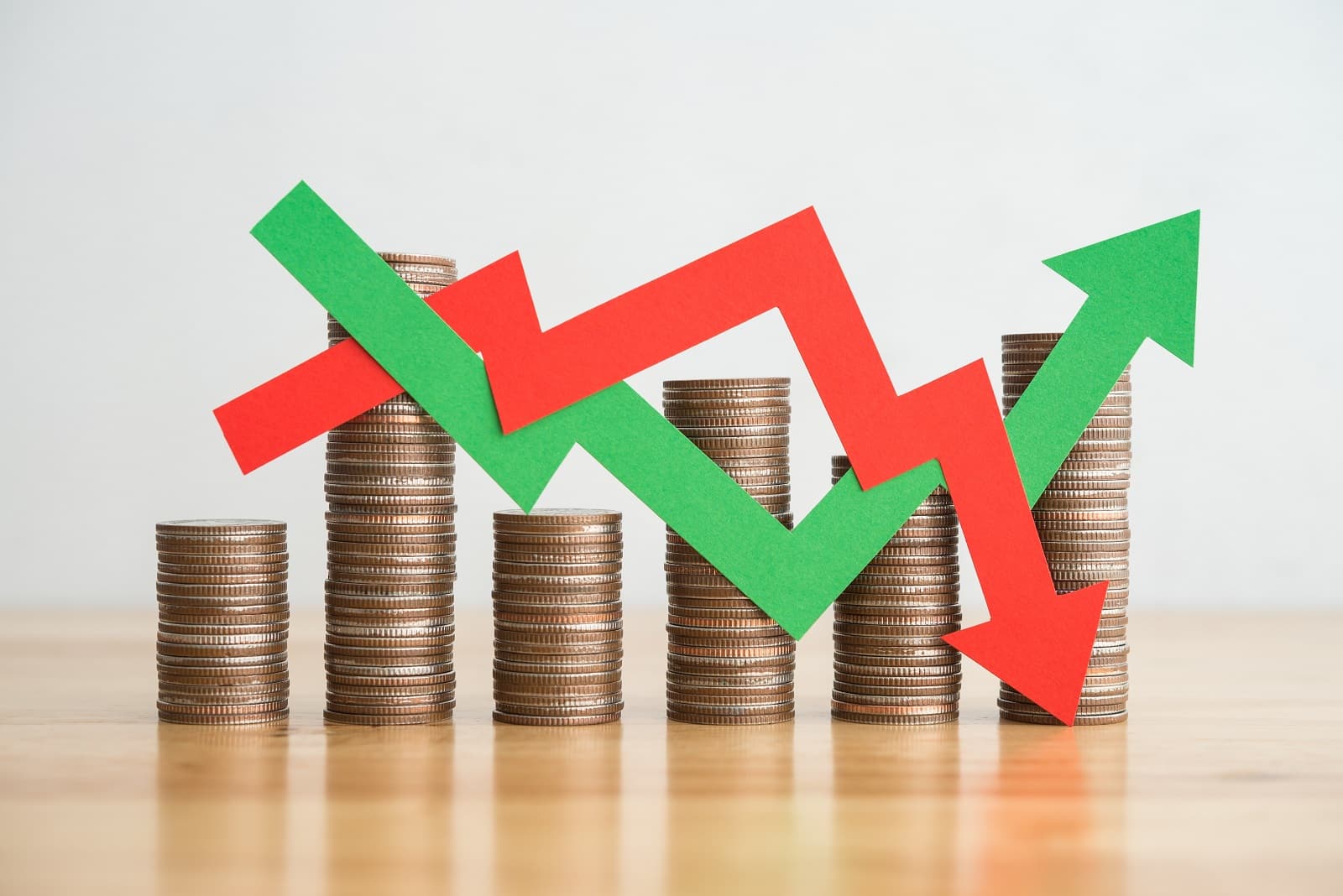
Since October, there has been a loosening of financial conditions, evidenced by declining bond yields and soaring stock prices.
These changes in response to weaker economic statistics and remarks from the Federal Reserve may increase inflationary pressures and demand.
Logan’s Warning

Logan added, “We can’t count on sustaining price stability if we don’t maintain sufficiently restrictive financial conditions.”
While short-term problems are seemingly resolved, economists continue to be cautious about long-term prospects.
A Question on Stability
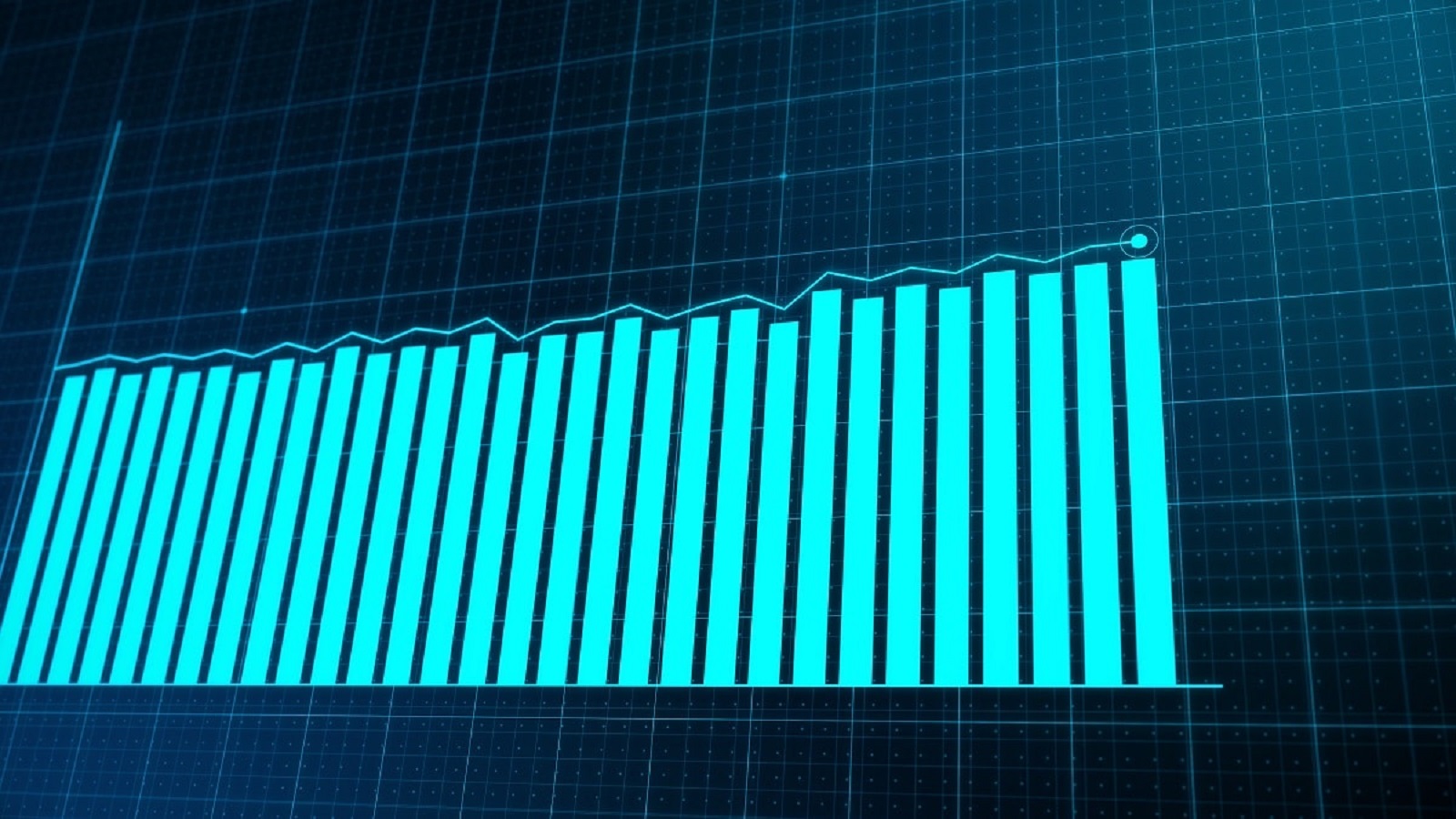
In a recent presentation in the Wall Street Journal, Janice Eberly, an economist at Northwestern University, questioned if sustainable long-term growth would result from a return to pre-pandemic growth patterns.
The Productivity Boost

Eberly says a significant increase in productivity is necessary to combat the coming challenges, including an aging population, escalating international conflict, and fractured global trade.
A Passing Craze?

It’s possible that the spike in productivity seen in hotels and restaurants during the economic recovery is a passing occurrence, but there is room in other industries to balance the loss.
AI – Helping or Hurting?

Artificial Intelligence (AI), hybrid work arrangements, and continued high immigration rates are the anticipated drivers of long-term prosperity.
Time to Adapt

According to Columbia University’s Glenn Hubbard, the unpredictable nature of productivity improvements proves we need to adapt to innovative technology like AI in a way that “complements rather than replaces” labor.
Protecting Productivity

Hubbard emphasizes the necessity of laws that protect productivity gains while addressing the people or industries that may be misplaced due to these advancements.
The Political Pursuit

Many of the economists in attendance share the same fear that the pursuit of political objectives may jeopardize productivity gains brought about by globalization and free-trade agreements.
A Final Question

Hines said, “Most of the things that are going to be helpful are going to come from free markets—lots of trade, lots of investment.” He warned, “If you inhibit your drivers of growth, what do you think is going to happen?”.
The post U.S. Economists Still Unsure About Financial Future, Warn of Possible Short-Lived Relief first appeared on Swift Feed.
Featured Image Credit: Shutterstock / SFIO CRACHO.

